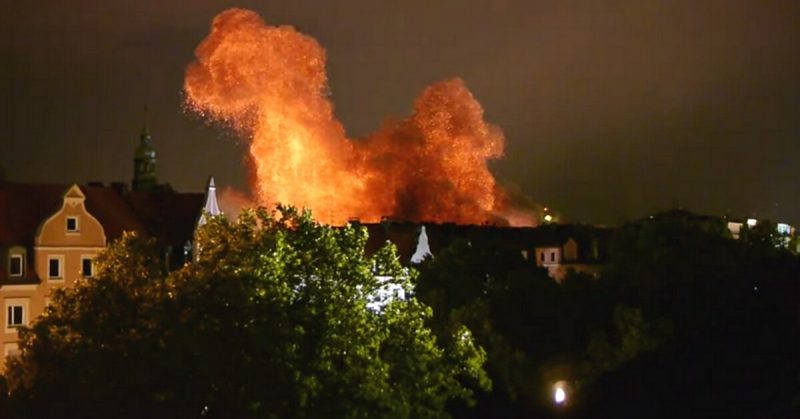From landmines to mortars and bombs, unexploded ordnances still pose a danger to those in their vicinity. Even worse, you may not even know what lies beneath your feet, or in the general surroundings. An unexploded ordnance is a device – it could be a mine, bomb, etc. – that may still be live. On impact it should have detonated and then blown up; instead, it didn’t. Now, it’s lying around, or buried, and it’s unexploded, but still live.
In Europe, and other parts of the world, there are many unexploded ordnance leftovers from World War II, and now and then we hear about their discovery or their detonation.
History of Unexploded Ordnance
The history of the unexploded ordnance goes back to the American Civil War. Since then, ordnance use has skyrocketed. Take for instance the landmine. It was extensively used in World War II and has been utilized in every form of combat since 1938.
The exact amount of mines used in World War II is unknown, but what is known is that over 110 million landmines have been put in the ground since that war. As a result of this, between 15,000-20,000 people die every year from landmine explosions.
World War I saw such extensive use of ordnance, that a name has been coined for an annual event when farmers begin plowing their fields. That name? Iron Harvest. Typically farmers will not just find unexploded ordnance, but bullets, shrapnel, and barbed wire as well. Estimates are that during World War I, over 300 million ordnances that were deployed around Belgium were duds, and most of these have not been recovered.
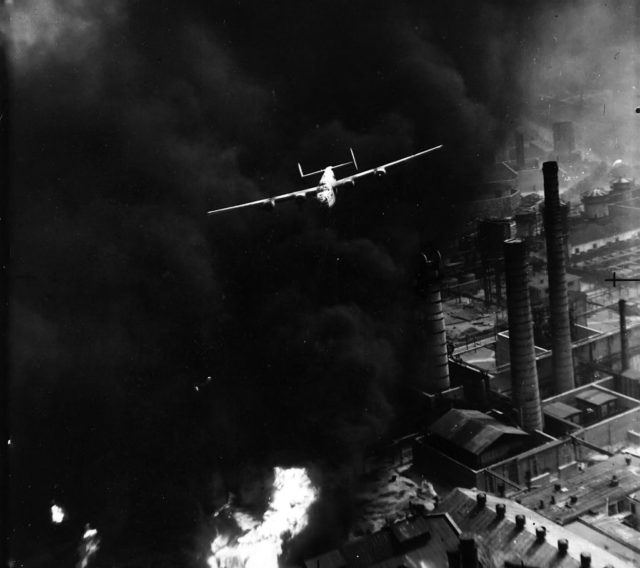
During World War II, more than three million tons of bombs were dropped on Europe by British and American forces. Of course, this statistic does not even include other ordnances like grenades, landmines and more. The weight and size of bombs used in Europe by those forces varied, but it is reckoned that anywhere from 10-30 percent of those bombs never exploded.
Unexploded ordnances have continued to appear since World War II and are always still considered dangerous when found.
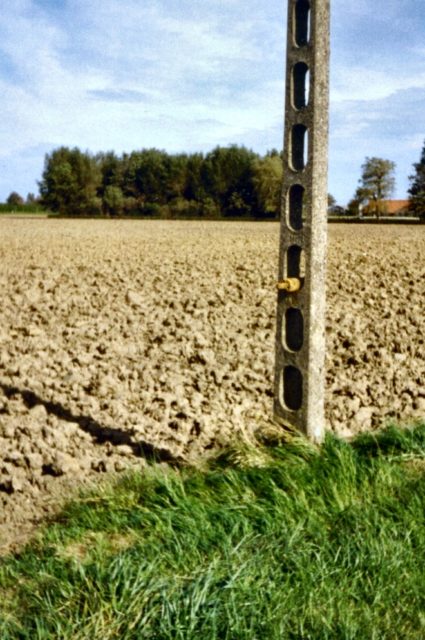
Germany
Germany is probably the most likely place to find unexploded ordnances. The country was intensely bombed in two wars, with the most bombs being dropped in World War II. Around 1.5 million tons of bombs were dropped on Germany during World War II; of that, 10 percent never detonated. It is common for unexploded ordnance to be discovered to this day.
Every year, around 2,000 tons of unexploded ordnances are found in Germany. Construction sites must, therefore, be searched before they can be built upon. From a house to a soccer stadium, whatever the building is, the site will have to be cleared of unexploded ordnance.
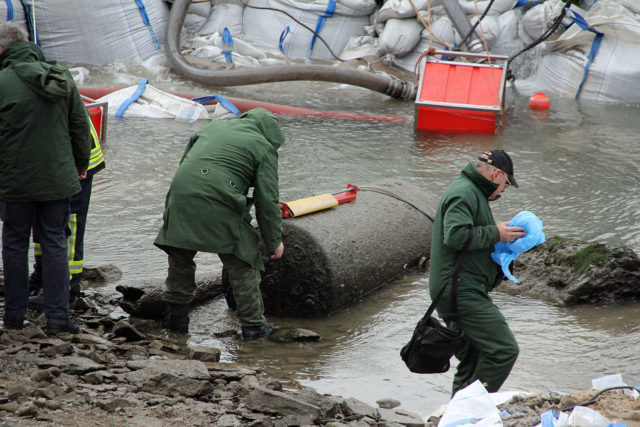
This process results in periodic evacuations. Once an ordinance is found, unexploded, on one of these sites bomb disposal units will have to come in and dispose of it. Evacuations can be huge. In one such instance in 2013, a massive 4,000-pound bomb was discovered at a site. The find resulted in 20,000 people being evacuated. It is said that the size of the bomb could have decimated an entire city block.
Another instance of this came in 2011 when a similarly sized bomb was discovered following a drought. The result? 45,000 people evacuated.
Death
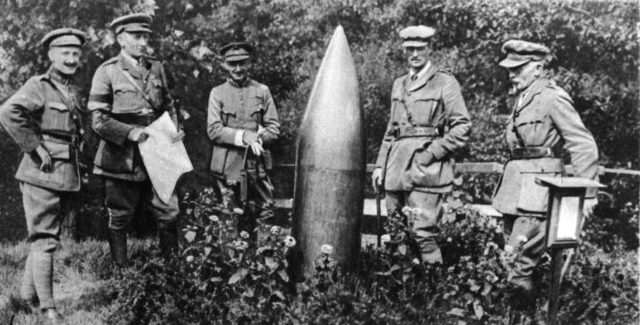
As you would expect, unexploded ordnances can and do cause death. These deaths could be of civilians or bomb removal teams. One of the leading devices that causes death is landmines. As previously stated, these account for around 15,000 to 20,000 deaths a year. A significant portion of landmine deaths involve children, who see the device and play with it.
Bomb removal teams in Europe perform a remarkable amount of work, especially in Germany. As of January 2016, 11 people have died while trying to defuse bombs in Germany since 2000. The single biggest death toll from defusing bombs was at a flea market in Göttingen in 2010 when three people were killed.
In 2014, a construction worker in Euskirchen was killed when his power shovel struck a World War II 1,000-bomb which detonated almost immediately.
Bombs Away
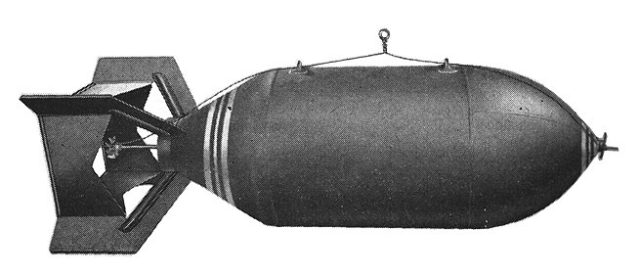
Unexploded ordnance from World War II are found everywhere, from the U.S. to Europe, to the Pacific. Below are examples that have occurred in the last two years:
- March 2015: An undetonated German bomb was discovered in London. It is believed the bomb was dropped on May 11, 1941.
- October 2015: A World War II training bomb was discovered in the desert of Utah.
- May 2016: A 500-pound bomb was found underneath a playground at a school in Bath, England.
- August 2015: A mine was found on a beach in Burry Port, Wales.
Bomb disposal
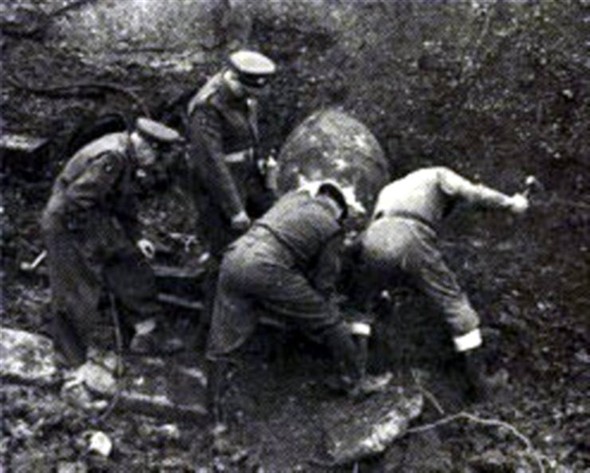
Most governments have bomb disposal teams in place to deal with these unexploded ordnances. Typically when a bomb is located, a choice has to be made. Will the bomb need to be detonated in situ or can it be taken off site and then blown up? Ideally, it would be removed but in some instances, the bomb is simply too degraded to do so.
Lasting Legacy
It is estimated that there are thousands, if not millions, of unexploded ordnance scattered around the world from World War II. They come into the news quite frequently and are a lasting legacy of the second world war. It is believed that ordinance from this war is more dangerous today than when they were initially produced.
